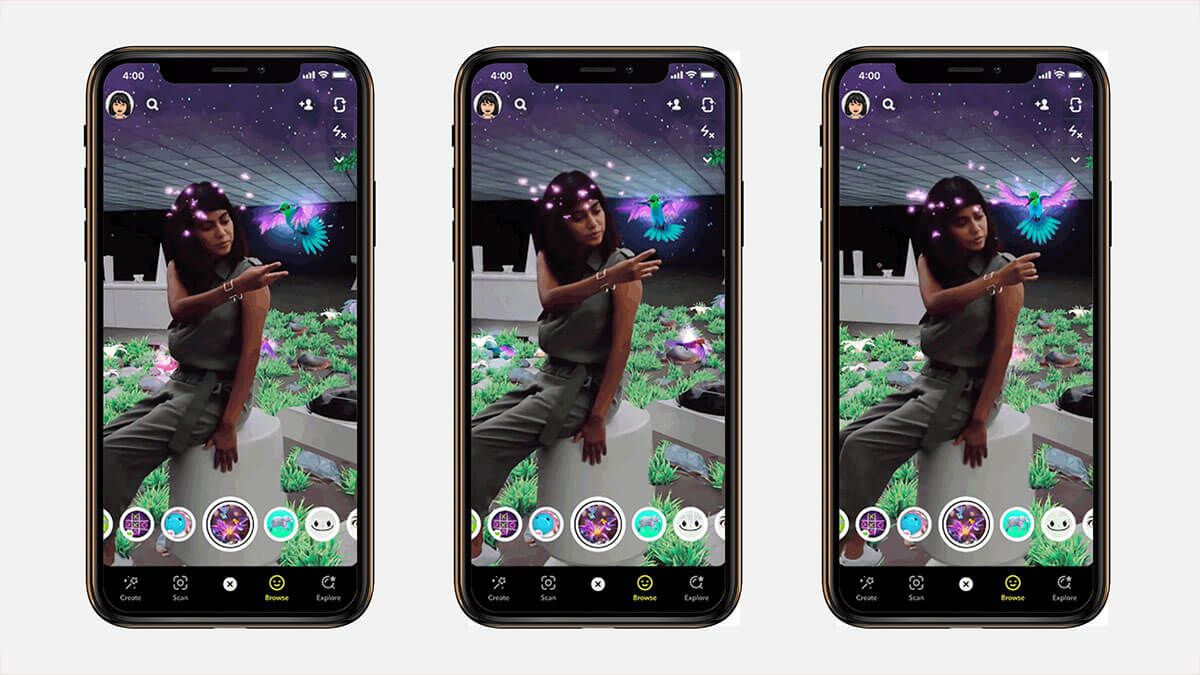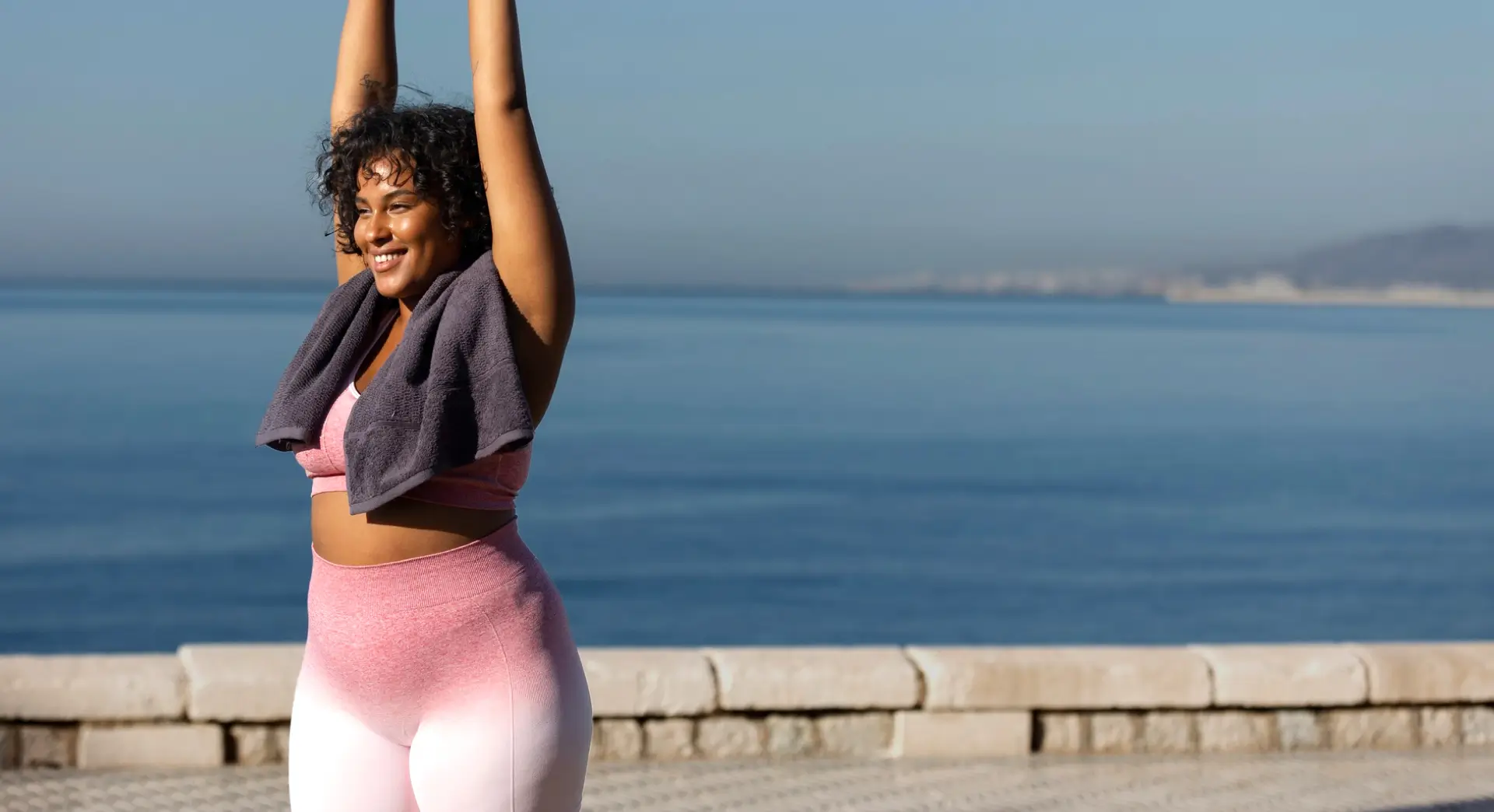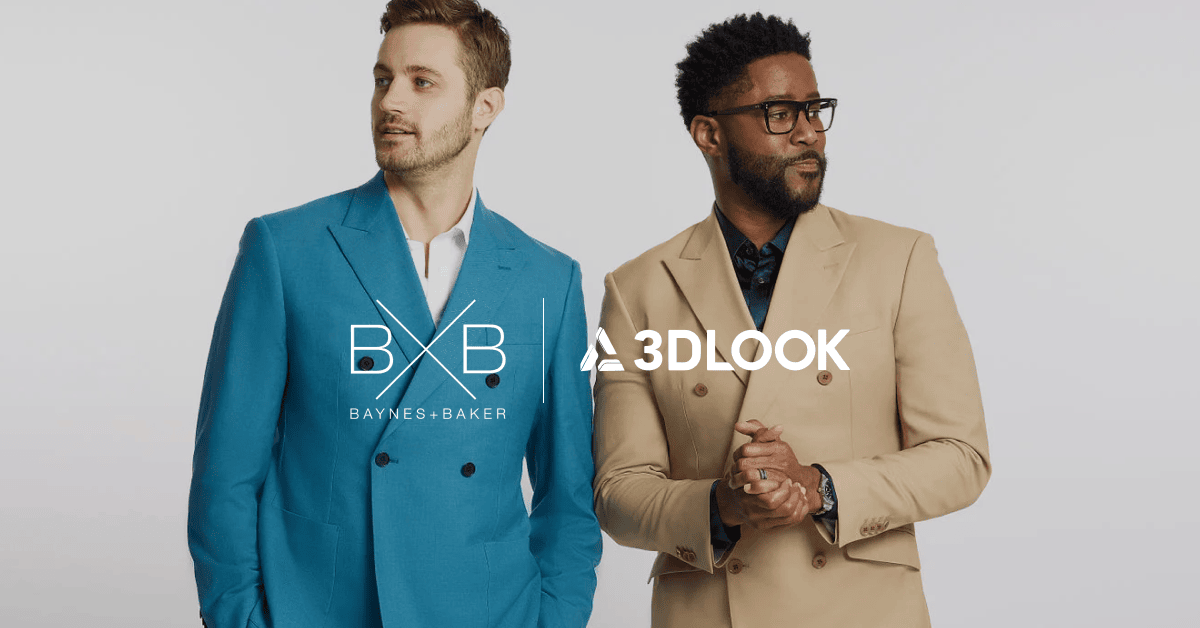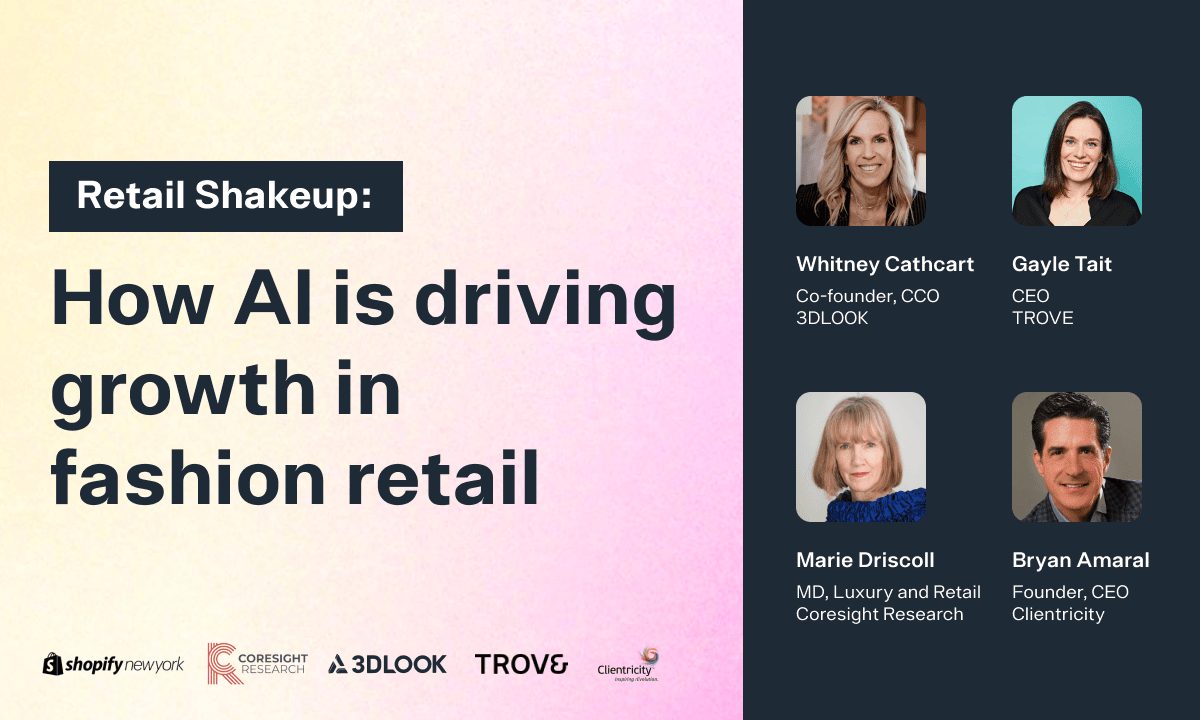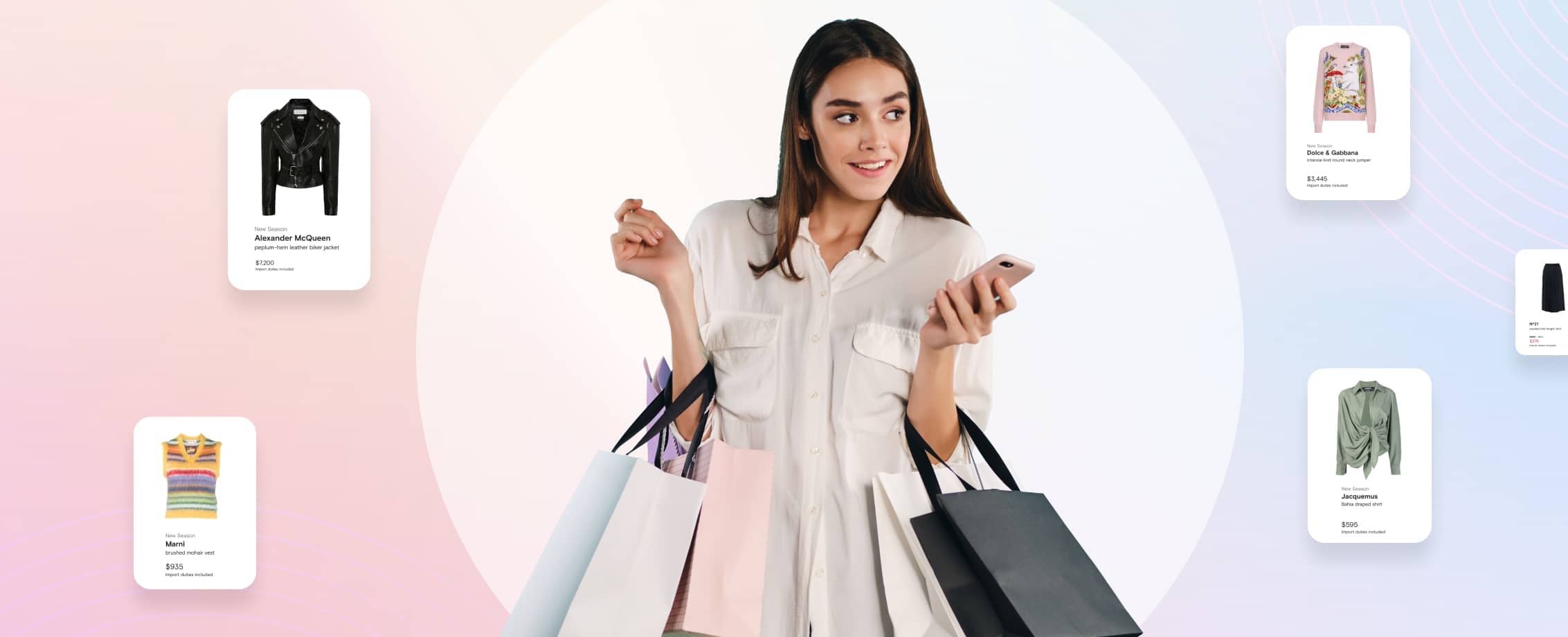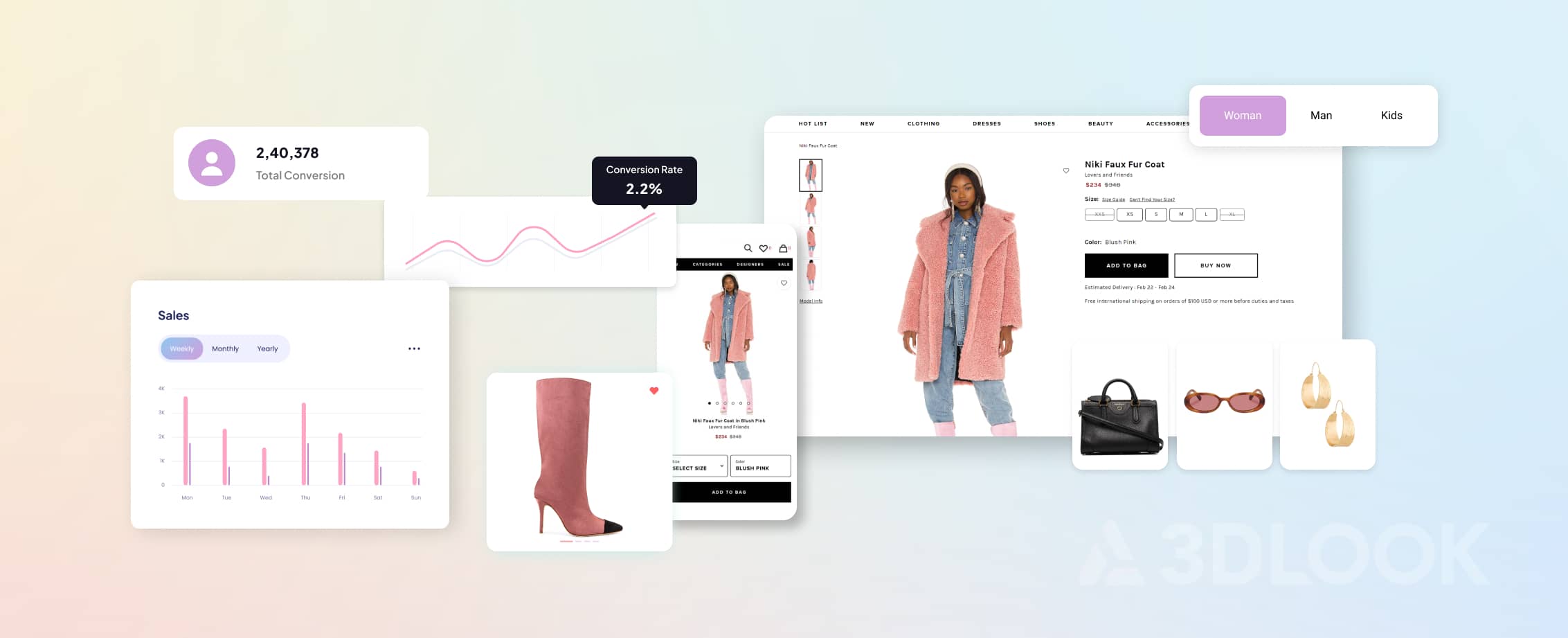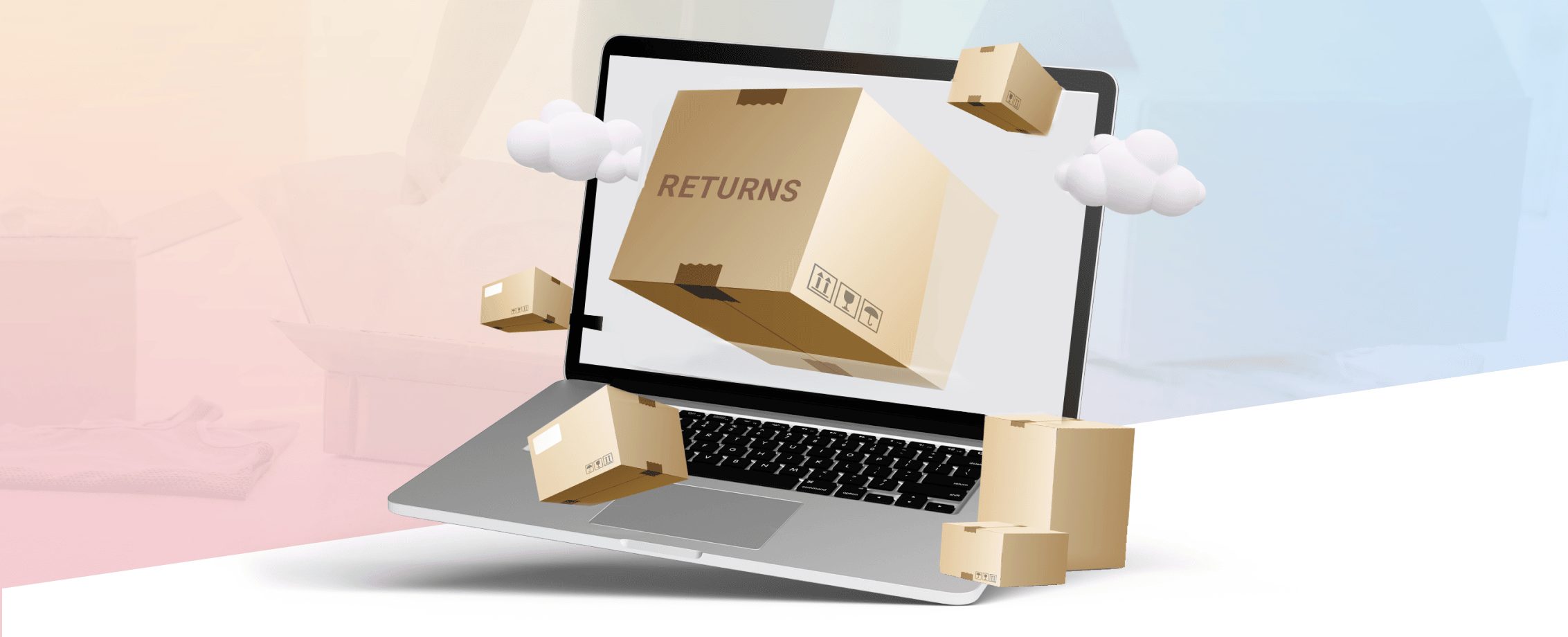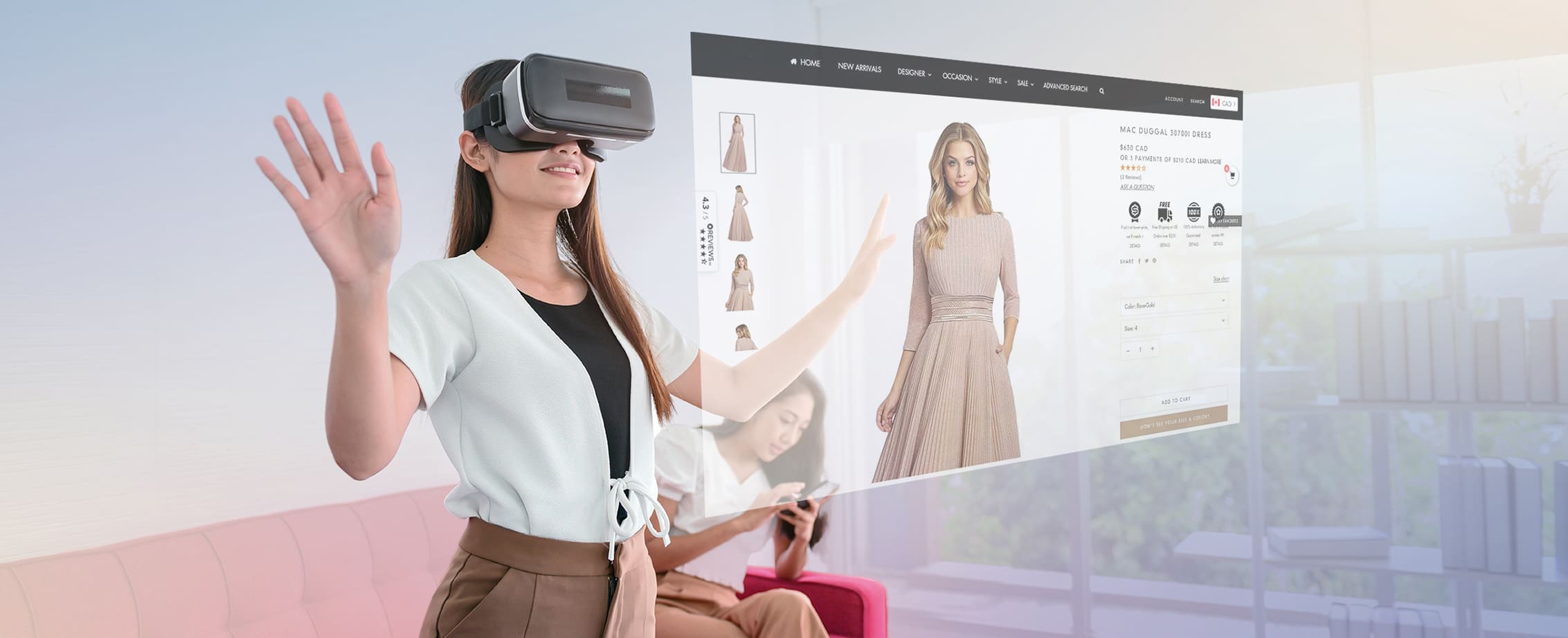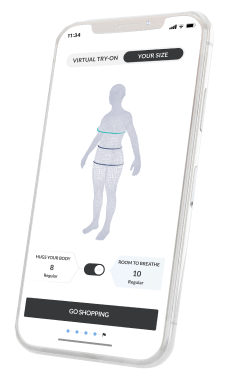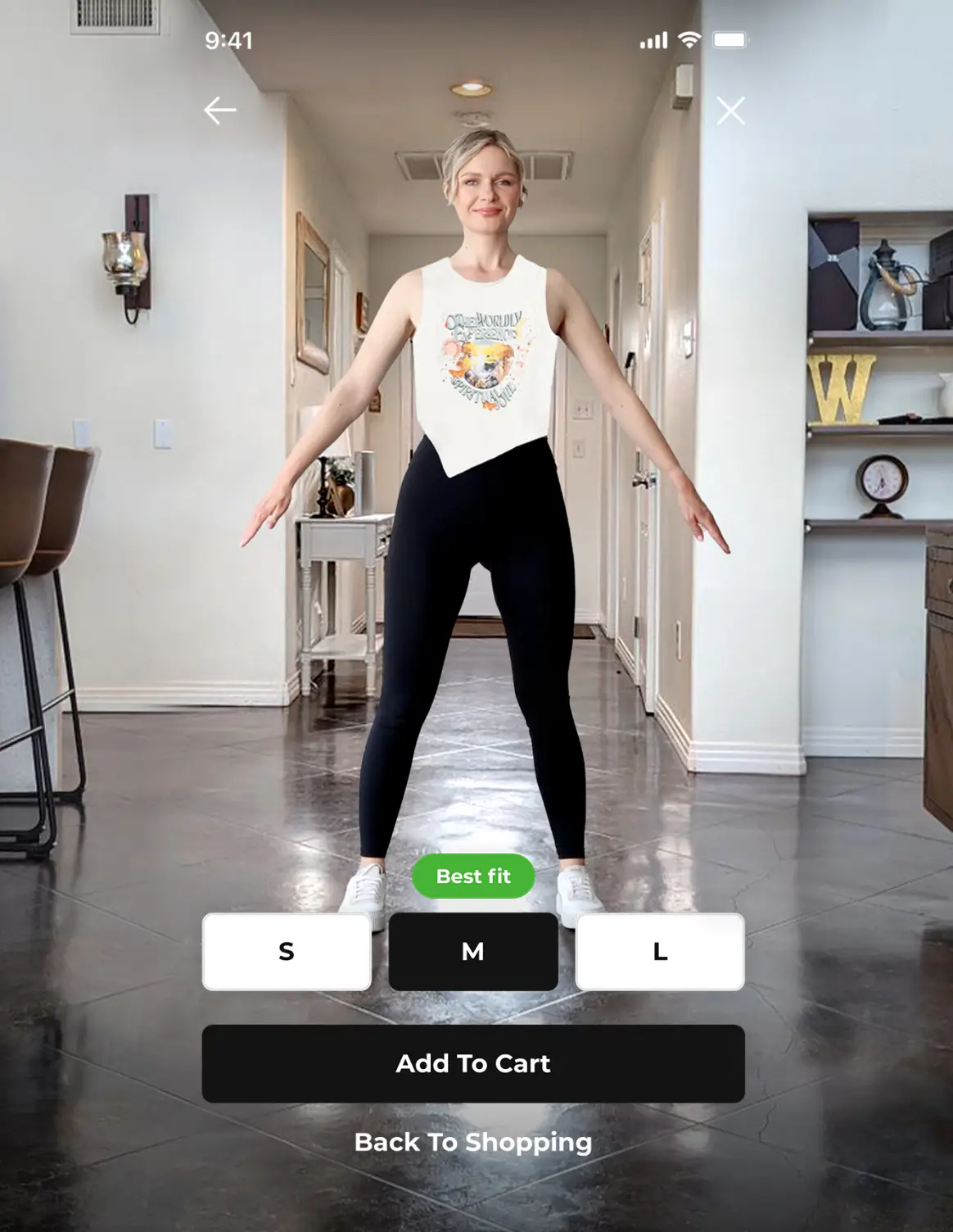More realistic augmented reality experiences, seamless video streaming, faster online transactions and more specific location information are all set to improve as more countries become 5G enabled, offering a lifeline to the fashion industry relying on digital amid the pandemic.
Unveiled this week, Apple’s iPhone 12 is the first of its phones to be 5G-enabled, and its more expensive “Pro” line comes with a Lidar scanner, allowing the device to build a depth-map of a scene. Other brands including Google, Huawei and Samsung Galaxy also offer 5G-enabled phones.
Ultimately, the update means that download times and real-time digital effects — such as in gaming and augmented reality — will avoid the kinds of delays that make them look unrealistic. Already, 5G phones in China have resulted in a surge in 5G-enabled phone sales and more digitally enabled customers where consumer spending is on the rise. Chinese carriers have been expanding the geographic areas that have access, but 5G coverage is sporadic globally including across the US and Europe, limiting its immediate benefits.
This potential to boost digital communication for fashion brands comes at a time when connecting with customers via new technologies is increasingly important, says Neil Saunders, managing director of GlobalData. For fashion brands, investing in mobile tools has proven a lifeline to customers hoping to engage with brands digitally, either through online clienteling and shopping or omnichannel technologies such as click-and-collect or contactless checkout. Full access to global regions that support 5G still depends on a person’s location and wireless carrier, and people in large cities will be the first to experience the full benefits.
“Faster and more reliable connections will also make shopping on the move much easier, which will stimulate some shoppers into buying more online,” says Saunders.
This technology is important for “live-streamed digital humans via AR”, says Janosch Amstutz, CEO of augmented reality startup HoloMe. HoloMe, which visualises life-sized models in a 3D environment, has worked with fashion brands Asos, Stuart Weitzman and Yoox Net-a-Porter and recently partnered with Vogue Singapore on a photo shoot that brought actor Fiona Xie into readers’ homes.
“It means experiences where the quality is high enough to see the thread on the shirt of a model in real-time on the other side of the world as if they were physically present in your space,” says Amstutz. “Fashion brands can create the psychological sense of presence using high-quality digital experiences in a way that was only previously possible with physical runways and fittings.”
5G increases data transfer speeds, increasing the quality of AR and mixed reality experiences, both of which have played greater roles at fashion week this year, says Matthew Drinkwater, head of the Fashion Innovation Agency, which has worked on multiple AR, virtual reality and mixed reality fashion projects. “Imagine dynamic augmentations of models and the venue itself and unprecedented quality of streamed graphics, all shared to a massive audience in real-time.”
On top of that, Drinkwater says, the addition of Lidar (which stands for “light detection and ranging”) is going to allow for more “contextually aware AR, where digital content will be able to interact with a physical space in a completely natural way — offering huge possibilities for a far more experiential retail experience”.
Snapchat, which has long been a leader in AR experimentation, has already begun using the technology, which was demonstrated in an Apple presentation this week. An early example shows vines “climbing” up cabinets and birds flying behind a person’s head, indicating that the technology is able to integrate throughout an environment, versus just overlaying digital elements on top of an environment.
“The addition of the Lidar scanner powers a new level of AR creativity, which is meaningful for brands and retailers to engage audiences in immersive, new ways,” says Snapchat head of global product marketing Carolina Arguelles. For example, she says, retailers can create Snapchat Lenses that turn living rooms into brand showrooms or intelligently place a luxury item on a table (meaning the item can detect the table’s location). And in addition to more realistic product representations, she adds, 5G means brands can load larger AR product catalogues, faster.
This could make for more realistic AR shopping, and could be used to “map” a person’s body, which paves the way for AR try-ons that map to the body and then respond in real time as the person moves.
Apple’s release is “an important step” for body scan and fit-tech startup 3DLook, says co-founder and chief strategy officer Whitney Cathcart, because it allows for better mobile body scans, a more accurate estimation of the posture and shape of the human body and realistic virtual construction. She adds that it can also mean a better user experience in body scanning and virtual try-ons.
“We understand that it will take some time before these phones are widely adopted, but nevertheless, it’s a great step forward for 3DLook and our aggressive technical roadmap over the next two years.”
Originally published on Vogue Business.
